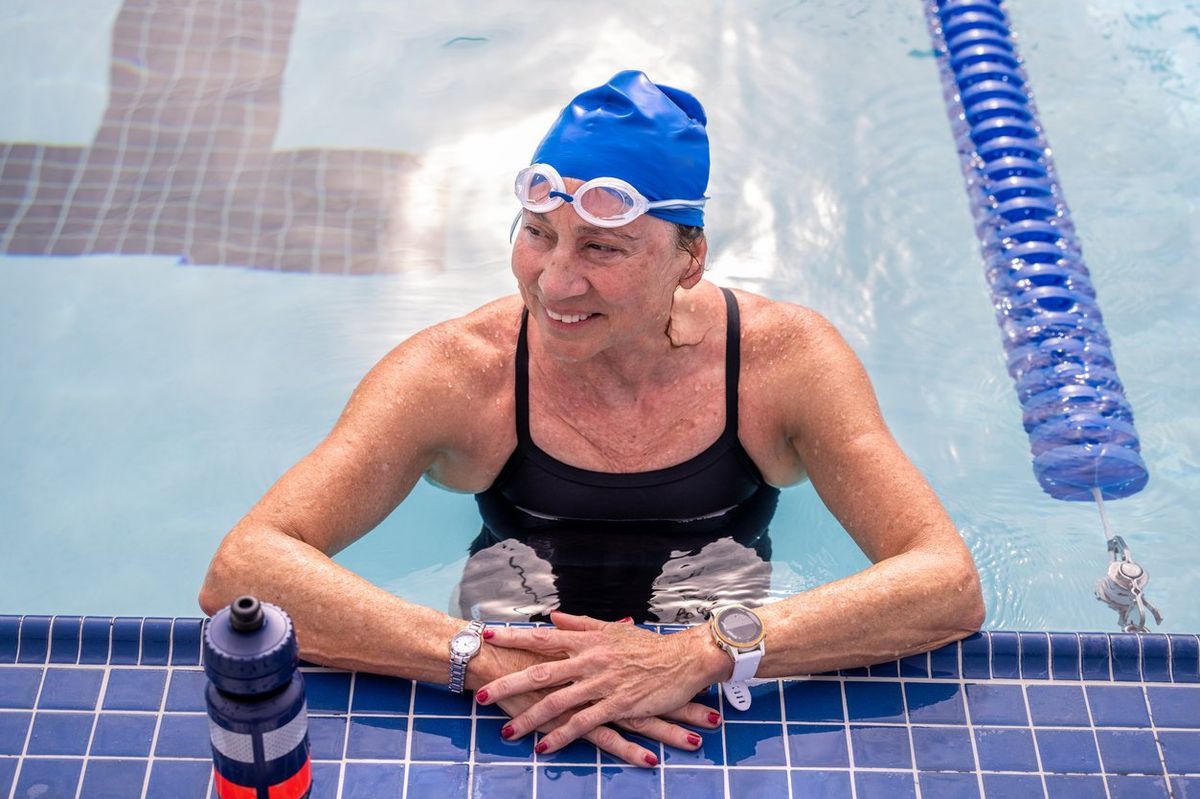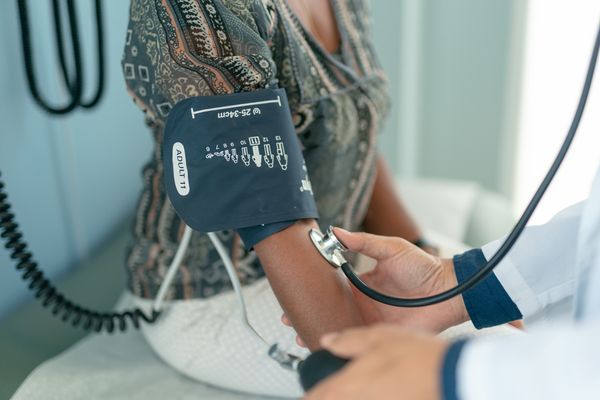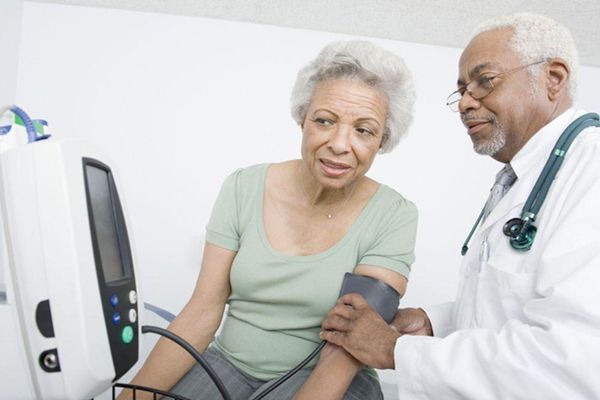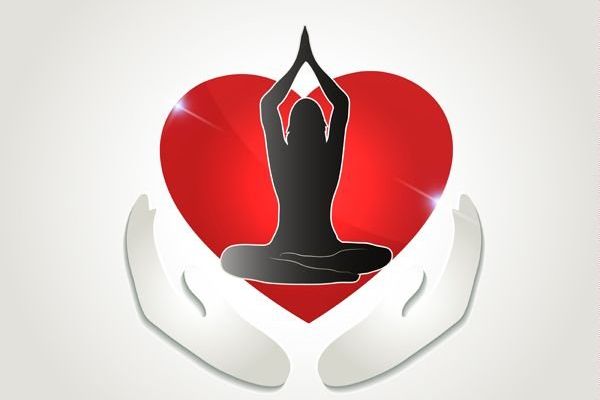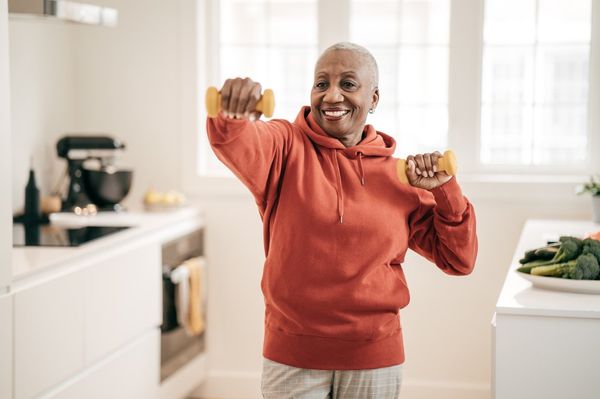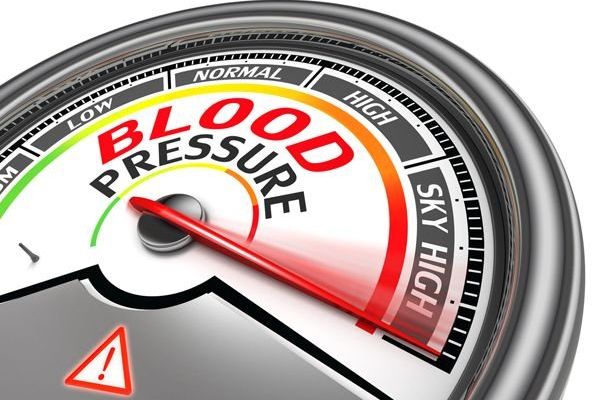Q:
My doctor recommends exercise to keep my blood pressure under control, but bad knees limit my options. What do you recommend?
A:
Exercise can have tremendous benefits when it comes to reducing blood pressure. Overall, regular, moderate physical activity for 30 minutes or more a day most days of the week can lower blood pressure 4 to 9 mm Hg, which is pretty significant.
You don't have to jog or run! There are numerous ways to increase your activity levels that don't even involve formal exercise. First, if you have bad knees I recommend a session or two with a certified personal trainer. The trainer should complete a full assessment of your fitness level, then recommend a program to address specific areas. For instance, if your knees hurt, the trainer may provide you with exercises to strengthen your quadriceps, reducing strain on your knees. Losing weight also can improve knee pain.
Second, start slowly. One of the best exercises is simply walking. If you're not used to doing anything active, start with just a 10-minute walk twice a day. After a week, increase it to 15 minutes. Keep increasing the time and distance until you can comfortably walk for 45 to 60 minutes at a time. You don't have to walk it all at once. Studies find breaking up your exercise into 10-minute increments works just as well as getting it all in one chunk.
Another good option for people with knee or hip problems is swimming. You're practically weightless in the water, and swimming provides a total body workout.
Don't forget to add some weight resistance to your regimen. The trainer can give you exercises you can do at home using only your body and items around the house for resistance. Or you could join a gym or the local Y or rec center and use the machines and free weights provided. Joining a facility is a good idea because you get training, and it's often nice to be around other people while you work out.
If you have a favorite sport you abandoned years ago or one you've always wanted to try, now is the time to go for it. Tennis, volleyball, rowing, cross-country skiing, bowling, golf and many other sports offer fun opportunities for exercise. Or sign up for a dance class, alone or with your partner.
Finally, I urge you to look for unexpected opportunities in your daily routine to "sneak" in physical activity. Take the stairs instead of the elevator. Park on the outer edge of the parking lot when you shop so you can increase your walking. Walk the dog—several times a day, if possible.
Exercise doesn't have to be some proscribed, set amount of time. It can—and should—become a routine, fun part of your lifestyle!

